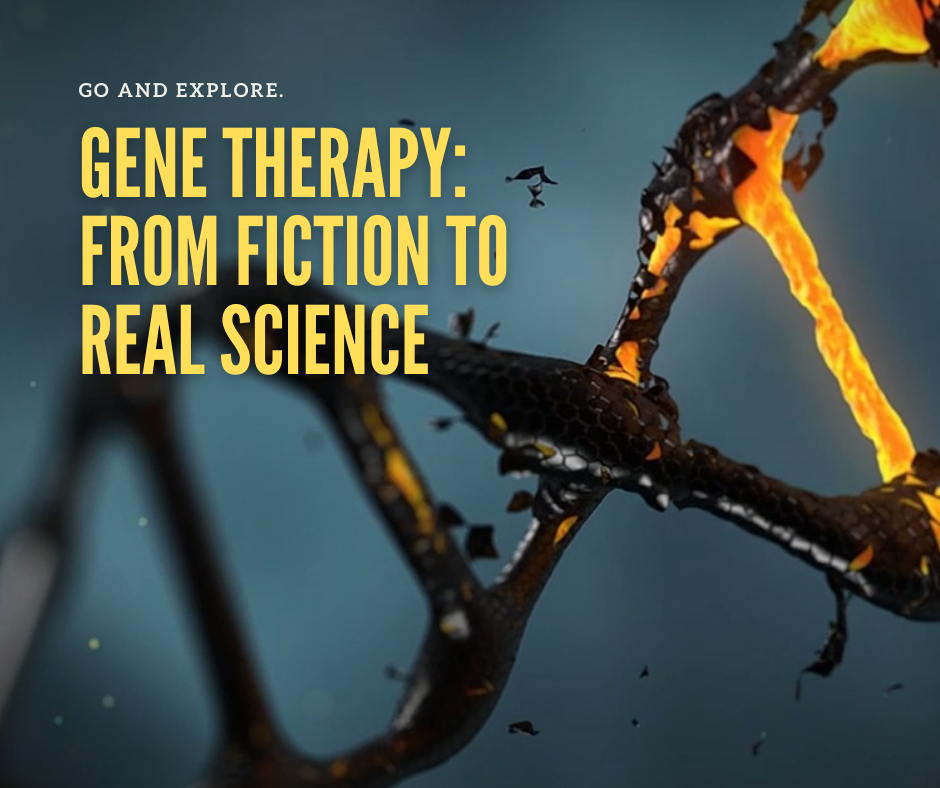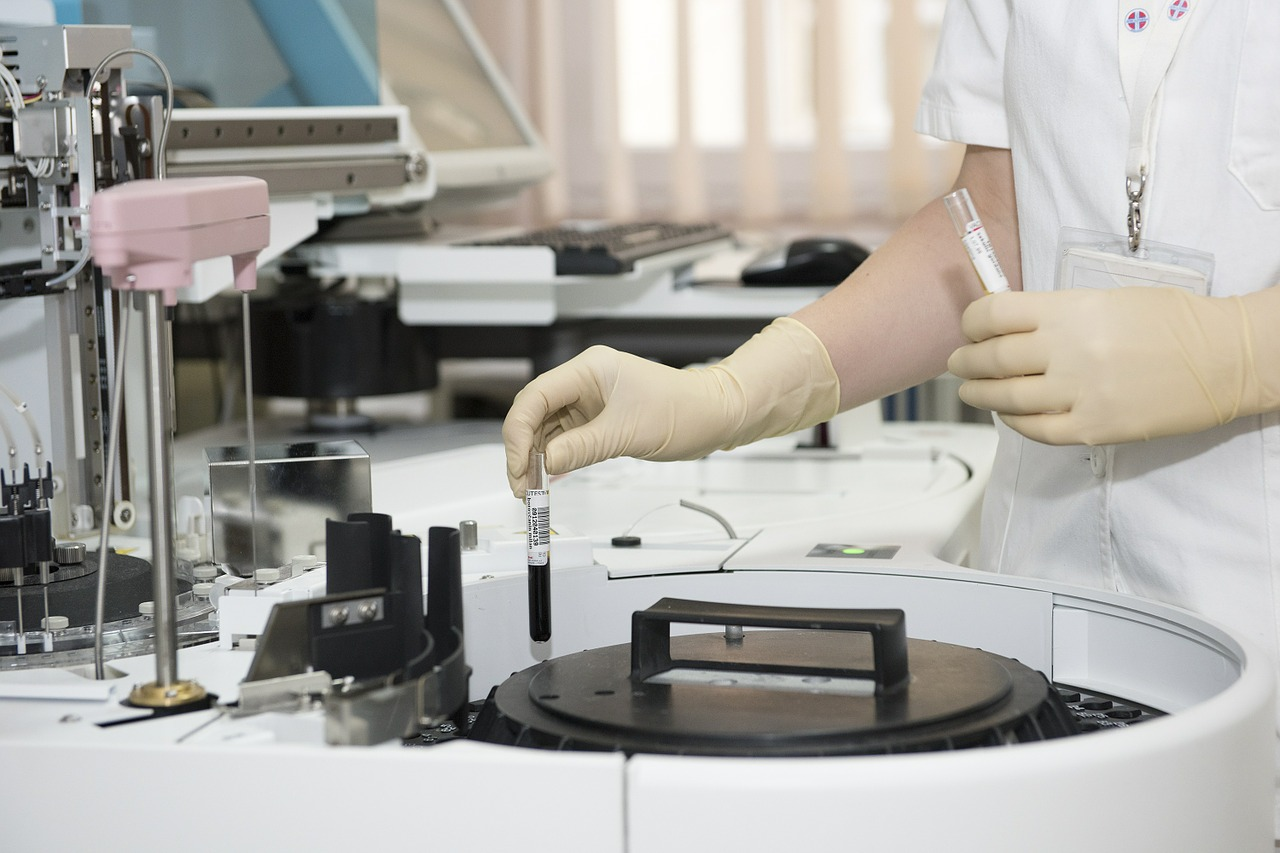
There is a method that is a blend of science that technology and is beneficial not only to humans but also to other living organisms. It is what we referred to as Gene Therapy. What is gene therapy, exactly? Gene therapy is an experimental treatment or prevention technique that employs genes. Rather than using medicine or surgery, doctors would be able to cure diseases in the future by inserting a gene into a patient's cells. Researchers are experimenting with gene therapy strategies such as replacing a faulty gene that causes disease with a healthy copy of the gene, inactivating (or "knocking out") a mutant gene that is malfunctioning, and adding a new gene into the body to help combat disease.
Cell and gene therapy use chromosomes and cells to cure disease. It sounds plain, but the truth is much more complicated from a theoretical and clinical perspective. The cure for gene therapy entails inserting, deleting, or modifying a gene. Cell therapy involves taking cells from the patient or a donor, genetically altering them to cure cancer, and then reinfusing them back into the patient. These therapies are sometimes referred to as cell and gene therapy because they include genetically altering cells, either within or outside of the body.
Although gene therapy is a promising treatment option for several diseases (including inherited disorders, some types of cancer, and certain viral infections), it is still a risky technique that requires extensive testing to ensure its safety and effectiveness. Gene therapy is currently being researched only for diseases for which no other therapies are available. The examples above show how we could use gene therapy in humans.

Image Credit: (Pixabay)
Going back to its roots and first trials
In the 1980s, scientists started investigating the ability of gene therapy to treat genetic diseases. Today, they better understand the role that genes play in causing or preventing disease and how we can edit, delete, or return genes in a person's cells. For example, replacing a mutated gene with a working copy or adding a new or changed gene to help cure a disease are two examples.
In terms of its roots, The first licensed gene therapy clinical trial in the United States took place on September 14, 1990, at the National Institutes of Health (NIH) under the leadership of William French Anderson. Ashanti DeSilva, four years old, was born with ADA-SCID, a severe immune system deficiency caused by a genetic mutation. As a result, this approach was new to this generation. The United States Food and Drug Administration (FDA) approved the first gene therapy for use in the United States in 2017, a cure for some pediatric and young adult patients with acute lymphoblastic leukemia.
Since then, the FDA has approved over 20 cell and gene therapies. When FDA approved a treatment to repair a genetic type of childhood blindness in December 2017, it became the first gene therapy to treat mutations in a single gene in vivo (in cells in the body). It is a watershed moment that demonstrated gene therapy enables us to reverses certain inherited diseases when we used it. This experimental therapy has the potential to cure a wide range of historically incurable diseases.
 Image Credit: (Pixabay)
Image Credit: (Pixabay)There are several approaches to Gene Therapy.
We can classify gene therapy into two groups based on the form of cells treated. Somatic gene therapy and germline therapy are examples of these treatments. We transfer a part of DNA to any cell in the body that does not contain sperm or eggs to perform somatic gene therapy. We will not expose the patient's offspring to the side effects of gene therapy. During germline treatment, we placed a segment of DNA into cells containing eggs or sperm. The patient's offspring and subsequent generations enjoy the benefits of gene therapy.
There are also several methods for carrying out gene therapy. That includes gene augmentation treatment, gene inhibition therapy, and cell killing. Gene augmentation therapy is a means of treating diseases caused by mutations that block a gene from producing a substance, such as a protein. This procedure inserts DNA into the cell that incorporates a working clone of the lost gene. The new gene produces enough functional products to replace the previously missing protein. It is only helpful if the effects of the condition are temporary or if the body has not been permanently affected.
For example, we can use gene therapy to cure diseases like cystic fibrosis by inserting a functional copy of the gene to correct the illness. Gene inhibition therapy is another treatment option for infectious diseases, cancer, and hereditary diseases caused by irregular gene activity. This procedure aims to inhibit the expression of a gene that promotes the growth of disease-related cells. We aim to insert a gene that generates a product that either inhibits another gene or interferes with the function of another gene's product.
Over-activation of an oncogene, for example, can lead to cancer (gene which stimulates cell growth). By inhibiting the action of the oncogene by gene inhibition therapy, it is possible to prevent further cell growth and stop cancer in its tracks. The last option, involving the killing of individual cells, is suitable for cancer, regulated by destroying particular groups of cells. The aim is to inject DNA into a sick cell, causing it to die. We can accomplish it using one of two ways. The inserted DNA contains a "suicide" gene that produces a highly toxic material that initially kills the diseased cell. Second, the DNA injection causes the expression of a protein that marks the cells, allowing the body's natural immune system to fight the diseased cells. To avoid the death of healthy cells, we targeted the responsible DNA.

Image Credit: (Pixabay)
Hurdles of adapting Gene Therapy
There are several barriers to gene therapy that we must address during a procedure. The first step is to get the gene to the right place and trigger it. The new genes must find their way to the correct cell. There are trillions of cells in our bodies, and passing a gene to the incorrect one would be unsuccessful and potentially harmful to the patient's health. The second step is to avoid inducing an immune response. The priority of the immune system is to keep intruders out, and new genes introduced through gene therapy are often regarded as potentially harmful intruders. It may cause the patient's immune system to respond unfavorably.
The third is to ensure that the new gene does not interfere with the functions of other genes. In principle, a new gene inserted through gene therapy could incorporate into the patient's genome and work for the rest of their lives. There's a risk that the new gene could interfere with the action of another gene, causing it to stop functioning. If it interferes with a crucial gene involved in cell division control, it could be harmful and result in cancer. The final challenge is the cost of gene therapy. We can treat many of the genetic disorders with gene therapy are extremely rare. As a consequence, gene therapy often needs a case-by-case approach. It could work, but it could also be exorbitant.
As a result, it is critical, costly, and requires an expert act to perform the gene therapy technique. One error may result in the patient's worst case, and if properly operated, it will result in a better treatment that no other medication can provide. In reality, finding this form of technology is very useful for us. Some may argue that we can't compare gene therapy to other treatments in curing diseases, and others debate that it violates the rule of human nature.
References
Originally posted here: https://hive.blog/hive-196387/@juecoree/gene-therapy-from-fiction-to-real-science
No comments:
Post a Comment